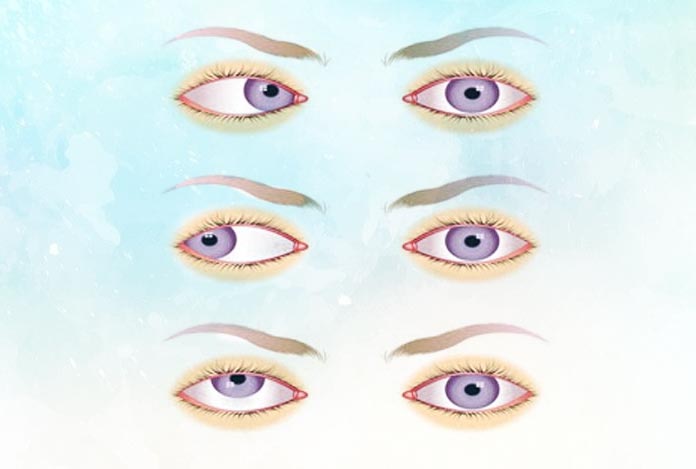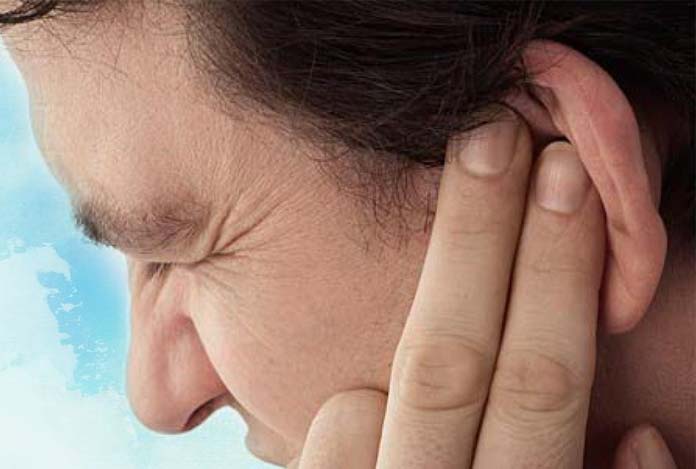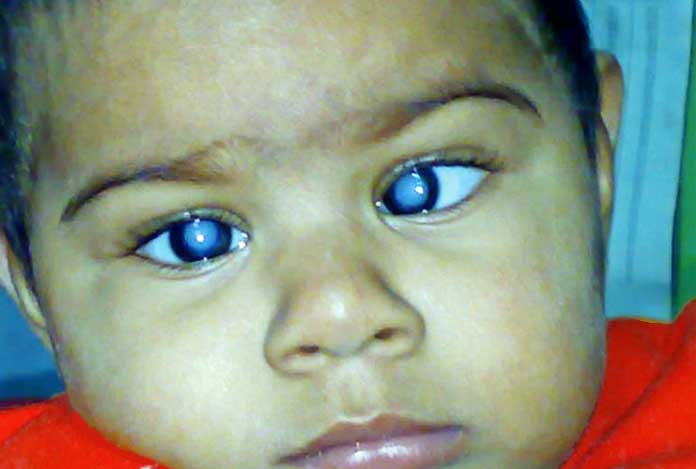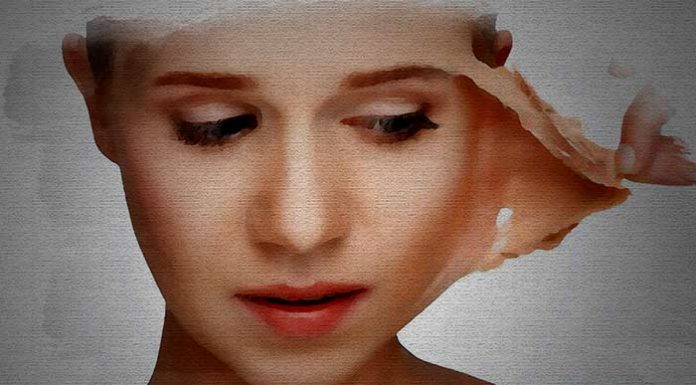
Overview and Facts
Nystagmus is a condition related to the eye in which there is rapid, uncontrolled and repetitive movement. The movement can be slow or fast and is usually found in both the eyes. While a person looks in some direction, eyes may shake. Those having nystagmus may have to tilt to see things more clearly. This results in decreased depth perception and vision and may also affect coordination and balance. The involuntary movements of eye may be from side to side, known as horizontal nystagmus or up and down, called vertical nystagmus, or in a circle, known as rotary nystagmus.
Generally, nystagmus happens because of some other eye condition or a related medical condition. Conditions like stress and fatigue may worsen nystagmus. It is condition in which one cannot control his/her movements of the eye. This condition is also known as dancing eye. Majority of the people with nystagmus have vision that is not comparable to average and is usually worse than normal vision. In nystagmus, the eyes move rapidly without getting fixed on one object.
Nystagmus is involuntary in nature, which means, it is not in the hands of a person to control the movements of the eye. As a person enters adulthood, the condition gradually improves and gets better. People with nystagmus are not able to obtain clear image of the object they are viewing. In fact, some have intense vision problems to the extent that they can be given the status of being legally blind.
Nystagmus not only affects the appearance, but one sees differently than other people with normal vision. The condition affects all aspects of life, including self-image, educational attainments and work opportunities. It cannot be corrected by using spectacles or contact lenses.
Types and Symptoms of Nystagmus
Types of Nystagmus:
There are three main types of nystagmus discussed below:
- Congenital or Infantile: This type usually originates in infants, who are aged 6 weeks to 3 months. It occurs in both the eyes of children. It is difficult for the doctors to identify the exact cause. Sometimes, it may even be inherited (running in families). Children with nystagmus may not see things as shaky, but they do have some blurry vision. It is often related to other conditions like albinism, congenital absence of iris, congenital cataract or underdeveloped optic nerve.
- Spasmus Nutans: It generally occurs in the age range of 6 months to 3 years. This gets improved on its own.
- Acquired Nystagmus: This condition occurs later in life. There are many causes for it like drug or alcohol abuse, or other medical conditions. To such adults having acquired nystagmus, objects appear to be shaky.

Symptoms of Nystagmus:
The major symptom is quick movement of the eyes, which cannot be controlled. In addition to rapid movement, there could other symptoms of this condition, such as:
- Sensitivity to light
- Not being able to see in the dark
- Vision problems
- Objects start shaking while being viewed
- Dizziness
- Holding head in a tilted position

Risk Factors for Nystagmus
The following risk factors increase the chances of one getting nystagmus:
- Having a family member with nystagmus
- Infection in the ear
- Drug or alcohol abuse
- Some medications used for treating seizure
- Head injury
- Multiple sclerosis, stroke, Meniere’s disease
- Astigmatism and other eye-related conditions like degeneration of optic nerve, close sightedness.
- Albinism

Do I have Nystagmus?
The symptoms of nystagmus could be present in other conditions as well. These include strabismus (misaligned eyes), issues with retina or optic nerve in the eyes, cataracts (clouding of eye lens).
To distinguish between nystagmus and other eye conditions, a person should be spun around for 30 seconds. After they stop, they must look at an object. If they have nystagmus, their eyes will first move in one direction slowly and then, quickly move in the opposite direction.
However, it is suggested that one must consult a doctor for appropriate diagnosis of nystagmus and ruling out other eye conditions.
Causes and Prevention of Nystagmus
Causes of Nystagmus:
This condition is believed to be caused by neurological problems present at the time of birth and finds its way into early childhood. Some causes of nystagmus are given below:
- Underdevelopment of control of the eye movement
- High refractive error, nearsightedness or astigmatism
- Diseases of the central nervous system
- Anti-epileptic drugs
- Inner ear inflammation
- Congenital cataracts

Prevention of Nystagmus
There is no way to prevent nystagmus. However, acquired nystagmus can be prevented by treating the underlying neurological condition. Further, nystagmus may be caused as a side effect of certain medications like anti-epileptic medicines. These medicines should be taken as prescribed by a medical practitioner.
Diagnosis and Tests for Nystagmus
This condition can be diagnosed through a comprehensive eye exam. The following may be included in nystagmus diagnosis:
- Patient History: This is done to identify the symptoms experienced by the patient and presence of any other health condition. Medications being taken by the patient and environmental factors that may contribute to the symptoms are also taken into consideration.
- Visual Acuity Measurements: This is done to understand the extent to which the vision has been affected.
- A refraction for finding out the apt lens power required to make up for any refractive error like near sightedness, far sightedness.
- Testing the eyes to see how they focus and work together. For obtaining a clear, single image of the view, eyes must change focus and work together in a coordinated manner.
- Eye Movement Recordings: This helps confirm nystagmus and closely look at the eye movement details.
- CT scan and MRI scans.

Treatment and Care for Nystagmus
If one got nystagmus as an adult, some simple things may need to be done. For example, you will have to give up on drinking or stop taking that medication or other drugs. To improve vision, the correct contact lenses and glasses should be worn. It must be noted that it won’t improve nystagmus, but will help manage other conditions that can worsen nystagmus.
One option is eye muscle surgery. The goal is to rectify the head tilt that happens due to nystagmus. Sometimes, vision might also improve with the surgery.
There are some drugs like gabapentin and baclofen that can control the symptoms, particularly in adults. However, these may not be so helpful in children.
Botox is also used in the treatment of congenital nystagmus. In this, botulinum toxin is injected in the eye muscles, causing it to paralyze. This prevents involuntary movements of the eye muscles.
For people, who are highly near sighted, LASIK (laser eye surgery) or Visian ICL (long term implantable collamer lens) can improve eyesight. Using books with large print size, magnifying glasses and increased lighting can also be helpful.

OTC and Self-Management Methods for Nystagmus
There are no over-the-counter (OTC) medicines available for nystagmus. In fact, one must be very careful while going for medicines as there are many medicines that can cause nystagmus.
Hence, it is important to seek advice of a doctor and inform them about any medication, or treatment that you are undergoing, weather herbal and allopathic.
Natural Ways to Cure Nystagmus
The following natural ways can help in Nystagmus:
- Consume foods rich in vitamins, minerals that help in strengthening the nervous system
- Put some drops of cow ghee in the eyes during night
- Seek Ayurvedic treatment. The aim should be to correct the Vata disorder as this condition is caused by irregularities in Vata – an ayurvedic principle that manages all movements in the body and mind
- Practicing Vayu Mudra is helpful in treating nystagmus. Around 45 minutes of regular practice can bring about the desired outcomes.

Health Tip by Expert
People with nystagmus may go for eye exercise. Supervised vision therapy along with exercises and auditory biofeedback training may help reduce symptoms of nystagmus.




